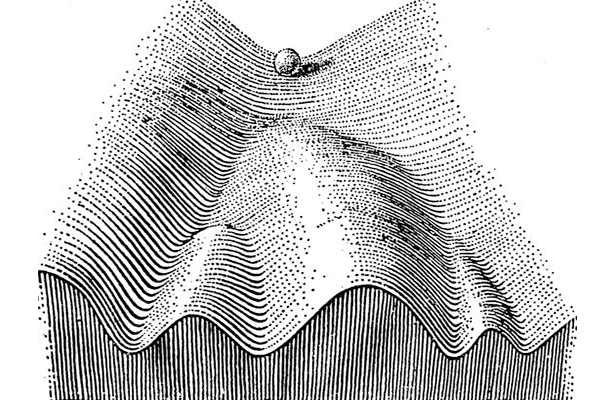Understanding Hematopoiesis in light of leukemia and other hematological diseases
Category
Systems BiologyAbout This Project
Hematopoiesis is the process by which the various cell types in the blood are replenished through a complex hierarchical architecture of differentiating premature cells, initiated by rare and slowly reproducing stem cells in the bone marrow. Understanding this structure and how it is regulated is imperative to the study of blood disorders, as perturbations of this system can often have non-trivial consequences. We aim to develop simple yet biologically plausible models for explaining and quantifying various aspects of hematopoiesis, from differentiation patterns to the effects of regulatory feedback systems. These can be used to further the understanding of many significant hematological diseases such as leukemia, as well as provide quantitative projections of possible treatment strategies.
People
Nathaniel Mon Père, Sylvie Vande Velde, Tom Lenaerts and Sophie de Buyl
Partners
ULB, Télévie, VUB, Departamento de Matematica e Aplicacões – Universidade do Minho, Mayo Clinic – Rochester
Publications
Mon Père, Nathaniel, et al. “Evolutionary dynamics of paroxysmal nocturnal hemoglobinuria.” PLoS computational biology 14.6 (2018): e1006133.


